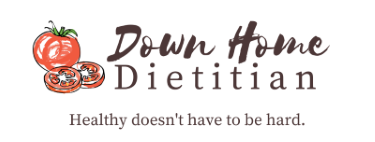Mommy, where do the Dietary Guidelines come from?
Okay, so in order to evaluate the guidelines, I wanted to talk about where they came from. So far I have mentioned that the USDA is in charge of making the guidelines, but that’s about it. They are not, in fact, dropped from the sky in a little bundle by the nutrition stork.
- Every 5 years the USDA accepts public nominations for members of the Dietary Guidelines Advisory committee (DGAC). They must be published, well-known researchers in the fields of nutrition or public health.
- The USDA and Department of Health and Human Services choose the members (who are, notably, unpaid for their participation). For the 2010 DGAC there were 13.
- Committees, subcommittees, etc. collaborate over the span of twenty months of reviewing research to answer specific scientific questions, all of which are available here, if you’re willing to dig through it.
- Conclusion statements, summaries, monstrous final report, and (TA-DA!) the Dietary Guidelines. The guidelines are used to advise all kinds of food-based programs including school lunches, inmate meals, WIC programs, and long-term care menus.
Critics of the guidelines like the Harvard School of Public Health and the Physician’s Committee for Responsible Medicine (PCRM) feel that since the process is overseen by the USDA (who is responsible for promoting American agriculture), the recommendations are biased in favor of promoting foods produced by agricultural titans (think dairy, grain, and beef). Because of this bias, the PCRM actually sued the federal government for only vaguely addressing foods to decrease in your diet by using a blanket term like “solid fats and added sugars” as opposed to listing the foods that contain them (meat, dairy, and junk food). The lawsuit also prompted the switch from MyPyramid to MyPlate that I mentioned a couple of days ago. This is the second time that PCRM has successfully sued the government over sketchy matters regarding the Dietary Guidelines and agribusiness conflicts-of-interest.
Harvard School of Health was so disappointed by the guidelines that they made their own version of the pyramid and plate, specifically mentioning foods high in saturated fats and added sugar as foods to limit.
I am now (slowly) working my way through the barrage of research cited by the 2010 DGAC as the basis for their recommendations – I’ll keep you posted. If I don’t write in the next three days, send someone in to check on me. Bring snacks.
P.S. The second meeting for the 2015 Dietary Guidelines Advisory Committee wrapped up yesterday. They accept public comments/questions/concerns/rants about the process here.




Congratulations on the new blog. I was unaware of how dietary guidelines are established thanks for the information.
Thanks! Glad it was helpful.